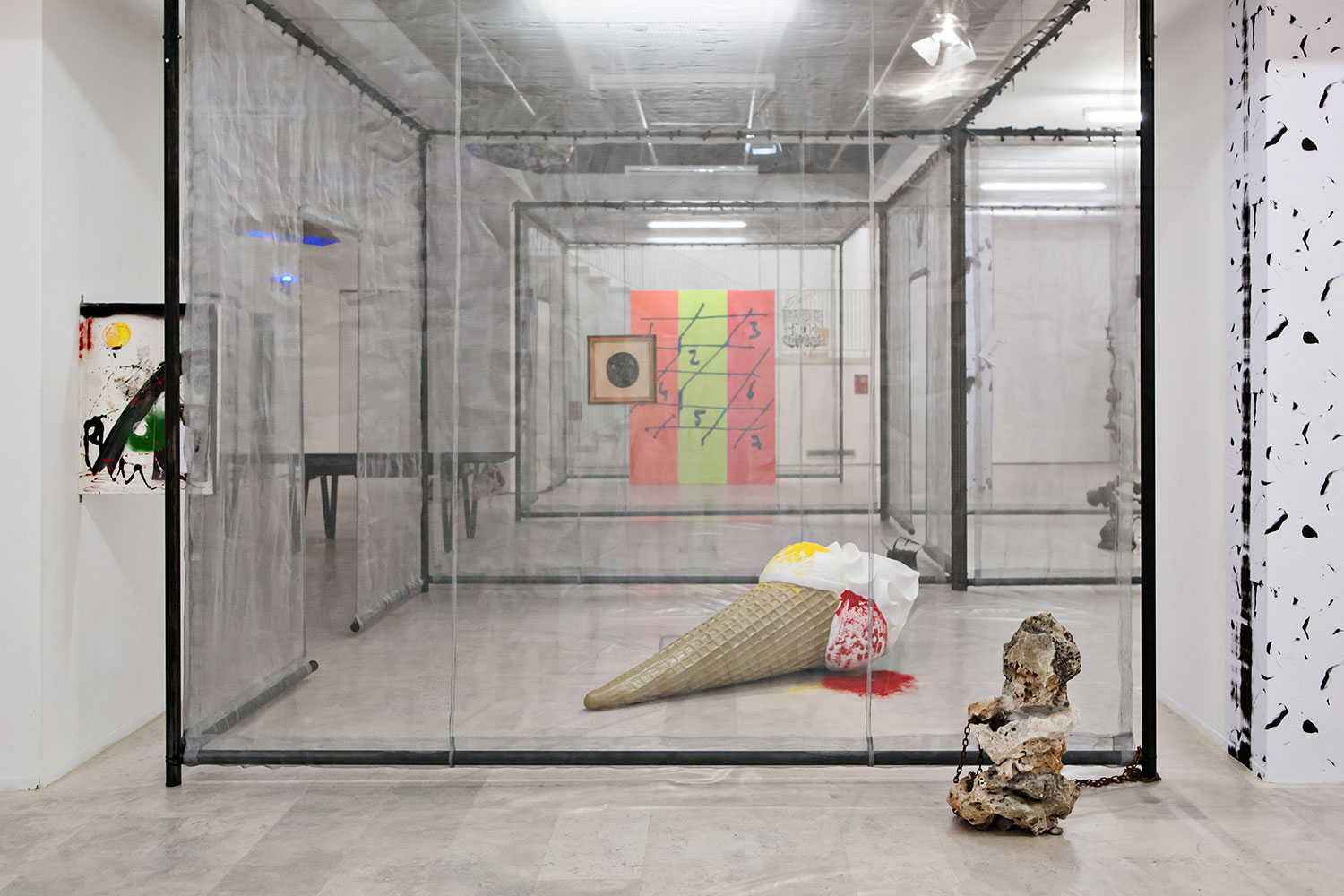“He walked out in the gray light and stood and he saw for a brief moment the absolute truth of the world. The cold relentless circling of the intestate earth. Darkness implacable. The blind dogs of the sun in their running. The crushing black vacuum of the universe. And somewhere two hunted animals trembling like ground-foxes in their cover. Borrowed time and borrowed world and borrowed eyes with which to sorrow it.”
Cormac McCarthy’s The Road (2006) provides an accurate description of the cold, dark and grim atmosphere of relentless global environmental catastrophe suggested by the exhibition “The Registry of Melancholy and Ecology” — the first chapter in “The Registry of Promise,” a series curated by Chris Sharp in collaboration with institutions in Italy, France and the Netherlands.
The notion of promise as something suspended between the present and an uncertain future is a metaphor for our intimate perception of the natural world we live in here and now. And yet we relate to that world as something remote in time and space. The artworks on display are a romantic and cynical representation of what we are assuredly going to face: our own defeat.
The drama of our negligence is the show’s underlying narrative. Marlie Mul’s series of miry puddles and Jochen Lempert’s prints of a burning tree are the prologue of a story about mankind’s hopeless race toward disaster. The literal acme of the narrative structure is achieved by the image of “Martha,” the last passenger pigeon that died in September of 1914. Meanwhile, the exhibition’s visual climax comes in the form of Jean-Marie Perdrix’s disturbing bronze cast of a horse head hiding bolts and screws in its putrid flesh, accompanied by Peter Buggenhout’s filthy compositions of horsehair, blood, plastic and polyester.
Hope, innate to the notion of promise, is all but gone. Everything is polluted and morally corrupt. The two final, symmetrical photos of a fawn, taken from the back and depicting the animal in its totally unaware candor, make the observer complicit in taking an action that is unlikely, by inclination, to be inherently good.


